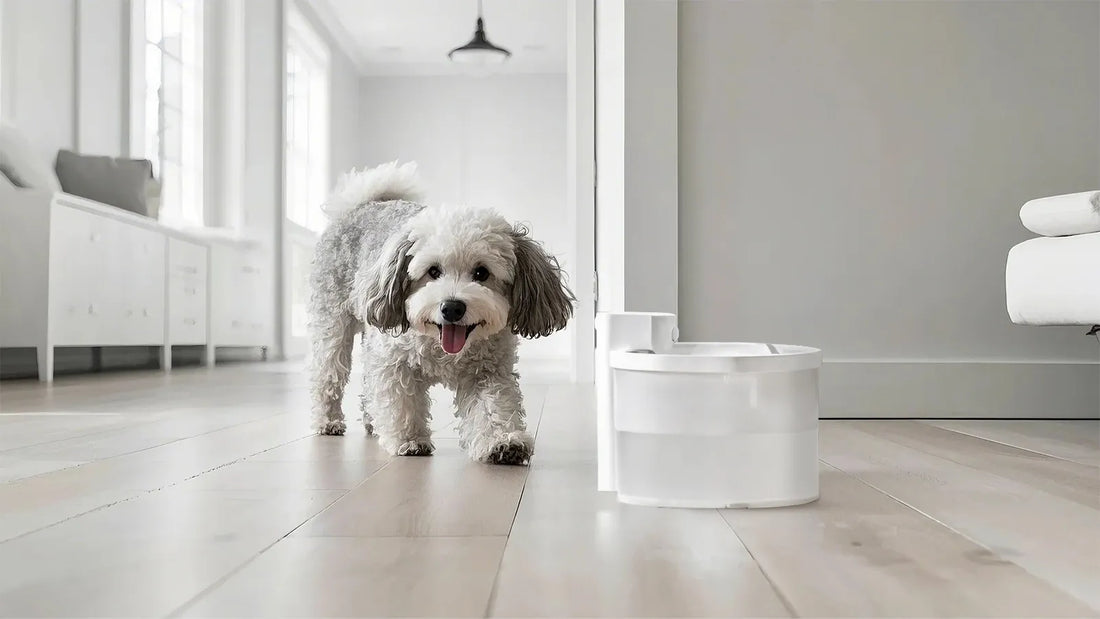Bathing your dog is an essential part of pet care, but have you ever wondered what the perfect water temperature for a dog bath is? Getting it right can make all the difference between a relaxing spa-like experience and a stressful ordeal for your furry companion. In this comprehensive guide, we’ll explore everything you need to know about water temperature for dog baths, including why it matters, how to test it, and tips for a successful bathing session.
Why Water Temperature Matters for Dog Baths
Just like humans, dogs are sensitive to extreme temperatures. Water that’s too hot can scald their skin, while water that’s too cold can cause discomfort and even lead to hypothermia in extreme cases. The right water temperature ensures your dog feels comfortable and safe during their bath, making the experience enjoyable for both of you.
The Ideal Water Temperature for Dog Baths
So, what is the ideal water temperature for a dog bath? Veterinarians and pet care experts recommend using lukewarm water, typically between 37°C (98.6°F) and 39°C (102.2°F). This range is close to a dog’s natural body temperature, which averages around 38°C (100.5°F). Lukewarm water helps maintain their body heat without causing discomfort or stress.
How to Test Water Temperature
Testing the water temperature before bathing your dog is crucial. Here’s how you can do it:
- Use a thermometer: A digital thermometer can give you an accurate reading of the water temperature.
- Elbow test: If you don’t have a thermometer, dip your elbow into the water. It should feel warm but not hot.
- Adjust as needed: If the water feels too hot or cold, adjust the temperature before bringing your dog into the bath.
Factors That Influence Water Temperature
Several factors can influence the ideal water temperature for your dog’s bath:
- Breed: Some breeds, like those with thick coats, may prefer slightly cooler water, while short-haired breeds might enjoy warmer temperatures.
- Age: Puppies and senior dogs are more sensitive to temperature changes, so extra care is needed.
- Health conditions: Dogs with skin conditions or arthritis may require specific water temperatures to avoid irritation or discomfort.
Tips for a Successful Dog Bath
Here are some additional tips to ensure your dog’s bath is a positive experience:
- Prepare everything in advance: Have shampoo, towels, and other supplies ready before starting.
- Use a non-slip mat: This prevents your dog from slipping and getting injured.
- Be gentle: Use slow, calming movements to help your dog feel at ease.
- Reward your dog: Offer treats and praise to create a positive association with bath time.
Common Mistakes to Avoid
When it comes to bathing your dog, there are a few common mistakes to avoid:
- Using human shampoo: This can irritate your dog’s skin due to differences in pH levels.
- Overbathing: Frequent baths can strip natural oils from your dog’s coat, leading to dryness and irritation.
- Ignoring your dog’s signals: If your dog seems stressed or uncomfortable, take a break and try again later.
Special Considerations for Puppies and Senior Dogs
Puppies and senior dogs require extra care during bath time. For puppies, use slightly warmer water to help them feel secure, and keep the bath short to prevent them from getting too cold. For senior dogs, ensure the water is warm enough to soothe any joint pain or stiffness, and provide support to help them feel stable.
How Often Should You Bathe Your Dog?
The frequency of baths depends on your dog’s breed, lifestyle, and coat type. Generally, most dogs benefit from a bath every 4-6 weeks. However, dogs that spend a lot of time outdoors or have skin conditions may need more frequent baths. Always consult your veterinarian for personalized advice.
Signs Your Dog’s Bath Water Is Too Hot or Cold
It’s important to recognize the signs that your dog’s bath water isn’t at the right temperature. If the water is too hot, your dog may pant excessively, try to escape, or show signs of discomfort. If the water is too cold, they may shiver or appear tense. Always monitor your dog’s behavior and adjust the water temperature as needed.
The Role of Water Temperature in Skin and Coat Health
Using the correct water temperature is essential for maintaining your dog’s skin and coat health. Water that’s too hot can dry out their skin, while water that’s too cold can make it difficult to rinse out shampoo and dirt effectively. Lukewarm water helps open the hair follicles, allowing for a deeper clean without causing irritation.
How to Make Bath Time Fun for Your Dog
Bath time doesn’t have to be a chore. Here are some ways to make it fun for your dog:
- Use toys: Floating toys can distract and entertain your dog during the bath.
- Play calming music: Soft music can help create a relaxing atmosphere.
- Stay positive: Your dog can sense your emotions, so stay calm and cheerful.
When to Seek Professional Help
If your dog is extremely anxious during baths or has specific health concerns, it may be best to seek professional help. Groomers and veterinarians have the expertise and tools to ensure your dog’s bath is safe and stress-free.
By paying attention to water temperature and following these tips, you can turn bath time into a bonding experience that your dog will look forward to. Remember, a comfortable and happy dog is a clean and healthy dog!













